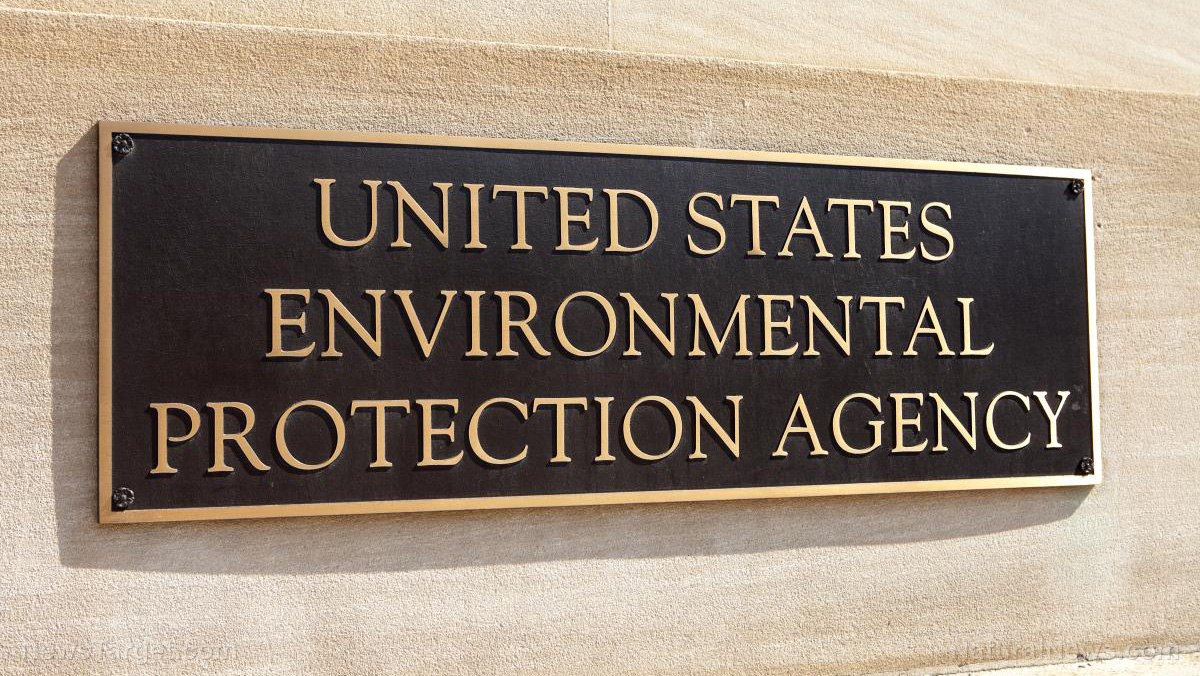Coastal living linked to longer life, but inland waters may shorten lifespan, study finds
07/30/2025 / By Cassie B.

- Coastal residents live a year longer on average than inland Americans due to cleaner air, fewer extreme heat days, and higher incomes.
- Urban inland waterways like the Chicago River are linked to lower life expectancy from pollution, flooding risks, and economic disparities.
- Rural inland communities see modest health benefits from cleaner lakes, proving environmental context matters more than just water proximity.
- Coastal areas have significantly less wildfire smoke and extreme heat compared to inland regions, further boosting longevity.
- Systemic neglect and corporate pollution have turned urban inland waters into public health hazards, widening the lifespan gap.
For decades, Americans have been sold the lie that all waterfront living is equally beneficial, but a bombshell new study from Ohio State University shows that where your water comes from could mean the difference between a longer, healthier life and a premature death.
In a comprehensive analysis of over 66,000 U.S. communities, researchers uncovered that coastal residents enjoy significantly longer lifespans, while those near polluted urban lakes and rivers face alarming health risks. The findings, published in Environmental Research, shatter the myth that all “blue spaces” are created equal — and point to a disturbing pattern of environmental injustice tied to government and corporate negligence.
The coastal advantage: Cleaner air, cooler temps and higher incomes
The study, led by environmental health researcher Jianyong Wu, reveals that coastal communities benefit from a perfect storm of life-extending factors. With an average life expectancy of 79 years — a full year above the national average — these residents breathe cleaner air (0.52 ?g/m³ of PM2.5 pollution vs. 0.78 ?g/m³ inland), endure just 2.2 extreme heat days annually (compared to 21 inland), and enjoy median household incomes of $91,075, a staggering $23,000 more than their inland counterparts.
“Overall, the coastal residents were expected to live a year or more longer than the 79-year average,” Wu confirmed, highlighting how Big Government policies have systematically favored coastal elites while leaving heartland Americans to choke on industrial runoff. The ocean’s natural climate moderation acts as a protective force, reducing temperature swings and filtering airborne toxins — benefits conspicuously absent near corporate-polluted rivers like the Ohio or industrial Great Lakes regions.
Inland waters: Urban death traps vs. rural oases
The study’s most shocking finding? Urban areas near large inland waters (20+ square kilometers) suffered lower life expectancies (averaging 78 years), while rural inland communities saw modest benefits. Researchers blame a toxic cocktail of factors:
- Pollution overload: Urban waterways like the Chicago River and Detroit’s Lake Erie basin have become dumping grounds for agricultural runoff and factory waste, with the study noting “increased risk of flooding” and degraded water quality.
- Economic apartheid: Inland urban households earn just $67,774 on average in a wealth gap that translates to poorer nutrition and healthcare access.
- Climate extremes: Inland urban heat islands endure maximum temperatures of 37.7 C (99.9 F) versus 34.3 C (93.7 F) on coasts.
Yet in rural areas, inland waters still provide respite, which is proof that environmental context, not just water proximity, dictates outcomes. “On the other side, pollution, poverty, lack of safe opportunities to be physically active and an increased risk of flooding are likely drivers of these differences,” explained postdoctoral researcher Yanni Cao, exposing how urban planning failures compound health disparities.
While coastal living universally boosted longevity, rural inland communities defied the trend; their cleaner lakes and rivers modestly increased life expectancy. This urban-rural divide points to a disturbing truth: Corporate and governmental environmental abuses have turned America’s urban waterways into public health hazards.
The data speaks for itself:
- Coastal areas average just 30.6 wildfire smoke days annually vs. 40.3 inland
- Inland urban zones endure 21 extreme heat days yearly; coasts face only 2.2
- 29.6% of coastal census tracts consist of water area vs. just 9.7% inland
“We found a clear difference — in coastal areas, people are living longer,” Wu stated, underscoring how systemic neglect has sacrificed inland communities’ health. Until we clean up the rivers and lakes that sustain America’s heartland, the blue space divide will keep cutting lives tragically short.
Sources for this article include:
Submit a correction >>
Tagged Under:
blue spaces, discoveries, Ecology, environment, health science, lifespan, longevity, men's health, natural health, real investigations, research, waterfront living, women's health
This article may contain statements that reflect the opinion of the author
RECENT NEWS & ARTICLES
COPYRIGHT © 2017 REAL SCIENCE NEWS



















